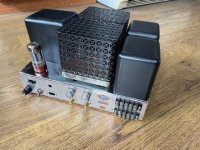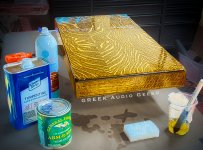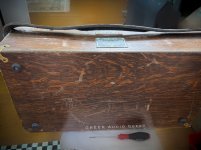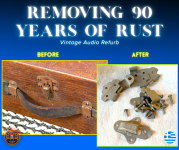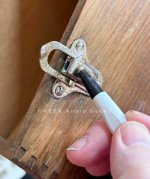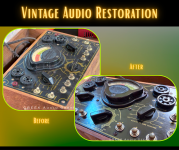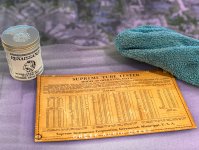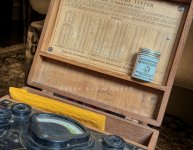Michaels HiFi
Well-known member
- Thread Author
- #1
I didn't realize it at the time - but the series of videos I produced on experimenting with digital audio & tweaks when my channel was just starting helped launch it.
The premise was simple: rather than deal with the forum nitwits arguing endlessly on topics they'd never actually tried themselves (in this case digital audio), I bought 16 network switches with my own money off Amazon and spent 60+ hours experimenting and reporting on my findings. Yes - I decided to actually TRY vs. simply arguing on a topic I had no experience with. Surprisingly a simple yet novel idea for many.
I found it incredibly interesting with what I learned about network switches, vibration control, digital cables, and more and has allowed me to get fantastic sound from the gear I have by maximizing their potential.
This has consistently provided traffic on my page of over 1 million views per month of people interested in the road less traveled: boutique tube amps, audiophile tweaks, and vintage tube exploration.
It's amazing for topics that receive so little attention from the main stream "pay for play" media and corrupt audio forum owners (present forum excluded), there is such an interest in these topics.
The recipe is simple: talk about topics that interest me from the heart and share the passion I feel towards them, while ignore the boring main stream gear and topics. I make content for the pure fun of it that I find interesting, and if others do as well and want come along for the journey, that's great.
And I'm adding a new passion: learning through trial and error the restoration of vintage audio gear.
That's right - I admit I am learning wood working, wood restoration techniques, and teaching myself how to repair vintage electronics through joining local clubs.
So if you have electrical or restoration tips and techniques, I'd love any tips you can share along the way. For others, I hope you'll find as interesting as I do the attempted restoration of audio from the Golden Age.
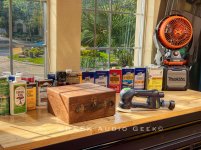
The premise was simple: rather than deal with the forum nitwits arguing endlessly on topics they'd never actually tried themselves (in this case digital audio), I bought 16 network switches with my own money off Amazon and spent 60+ hours experimenting and reporting on my findings. Yes - I decided to actually TRY vs. simply arguing on a topic I had no experience with. Surprisingly a simple yet novel idea for many.
I found it incredibly interesting with what I learned about network switches, vibration control, digital cables, and more and has allowed me to get fantastic sound from the gear I have by maximizing their potential.
This has consistently provided traffic on my page of over 1 million views per month of people interested in the road less traveled: boutique tube amps, audiophile tweaks, and vintage tube exploration.
It's amazing for topics that receive so little attention from the main stream "pay for play" media and corrupt audio forum owners (present forum excluded), there is such an interest in these topics.
The recipe is simple: talk about topics that interest me from the heart and share the passion I feel towards them, while ignore the boring main stream gear and topics. I make content for the pure fun of it that I find interesting, and if others do as well and want come along for the journey, that's great.
And I'm adding a new passion: learning through trial and error the restoration of vintage audio gear.
That's right - I admit I am learning wood working, wood restoration techniques, and teaching myself how to repair vintage electronics through joining local clubs.
So if you have electrical or restoration tips and techniques, I'd love any tips you can share along the way. For others, I hope you'll find as interesting as I do the attempted restoration of audio from the Golden Age.

Last edited:

